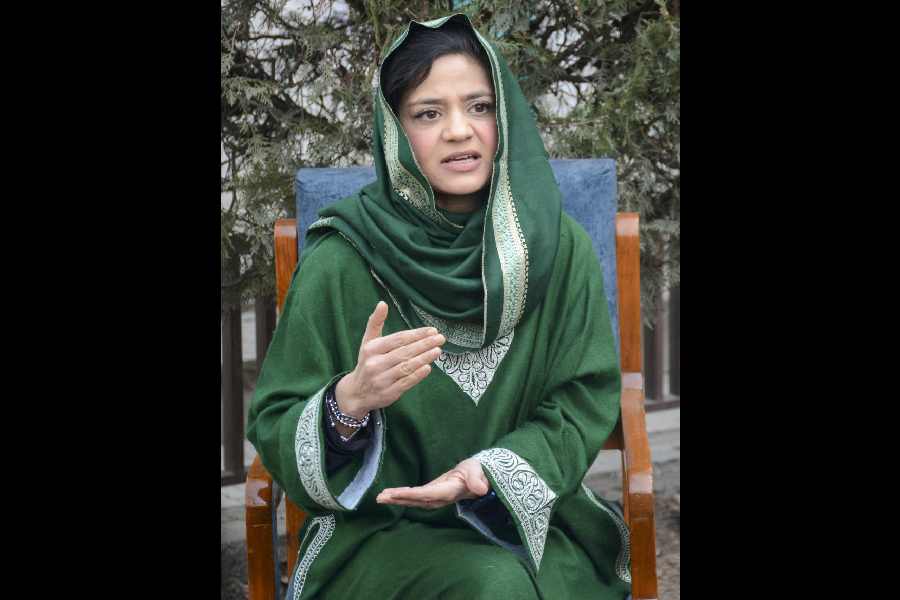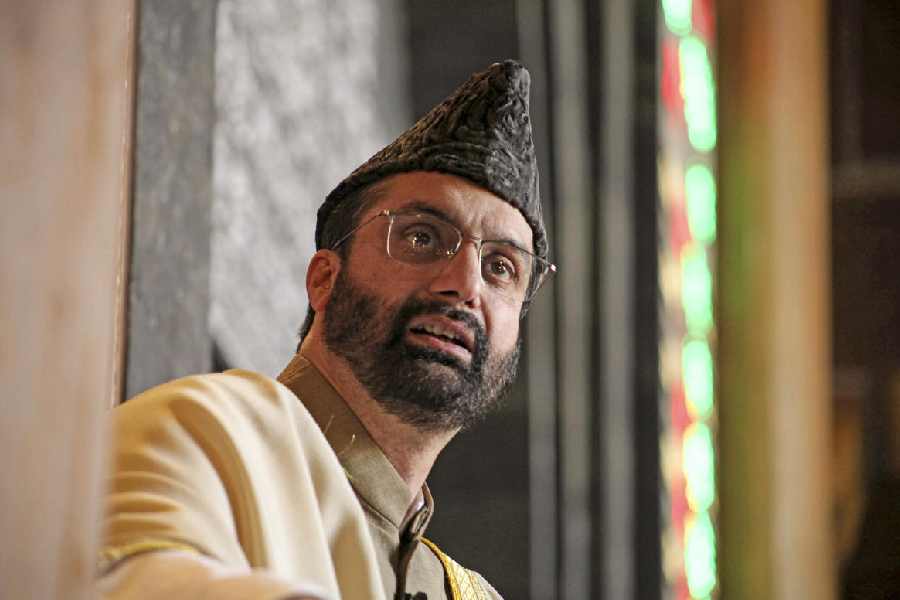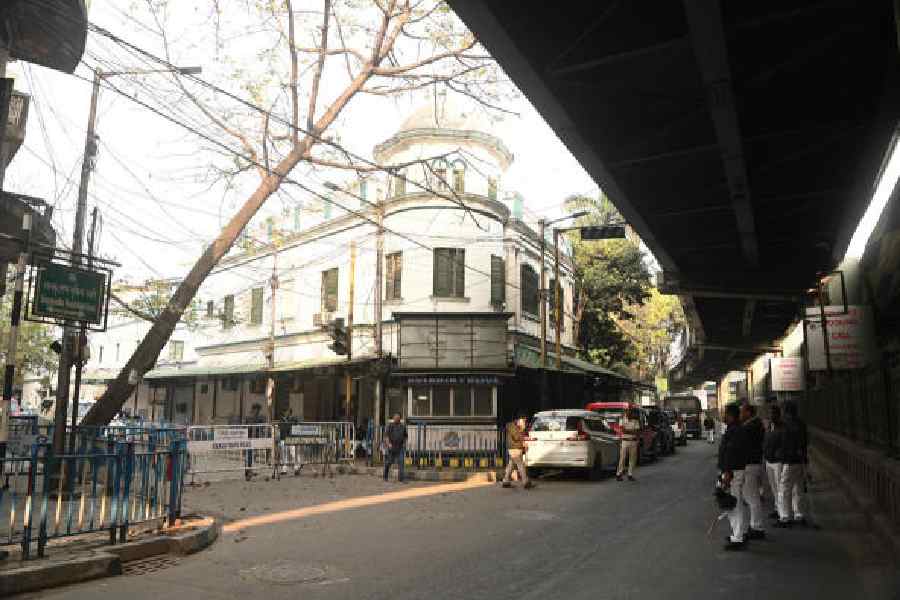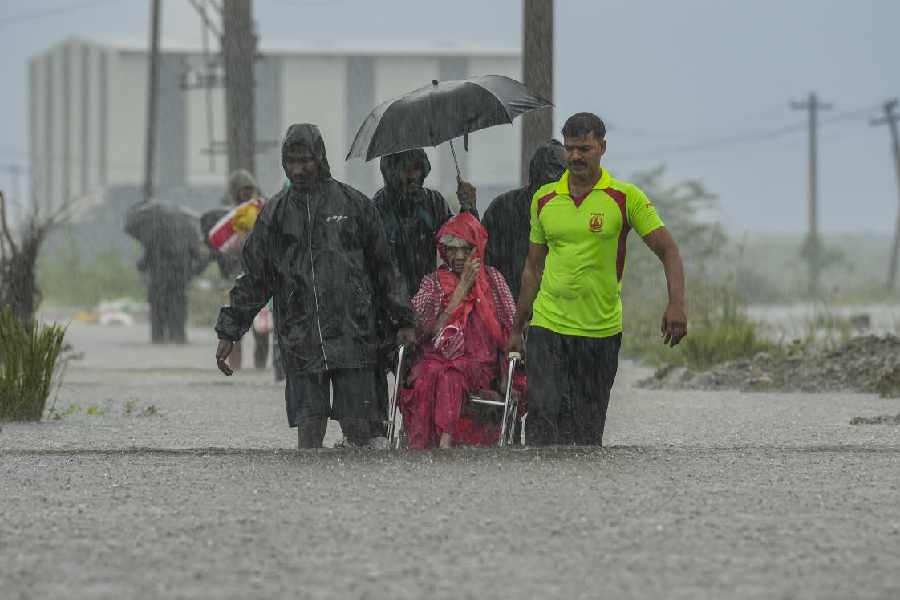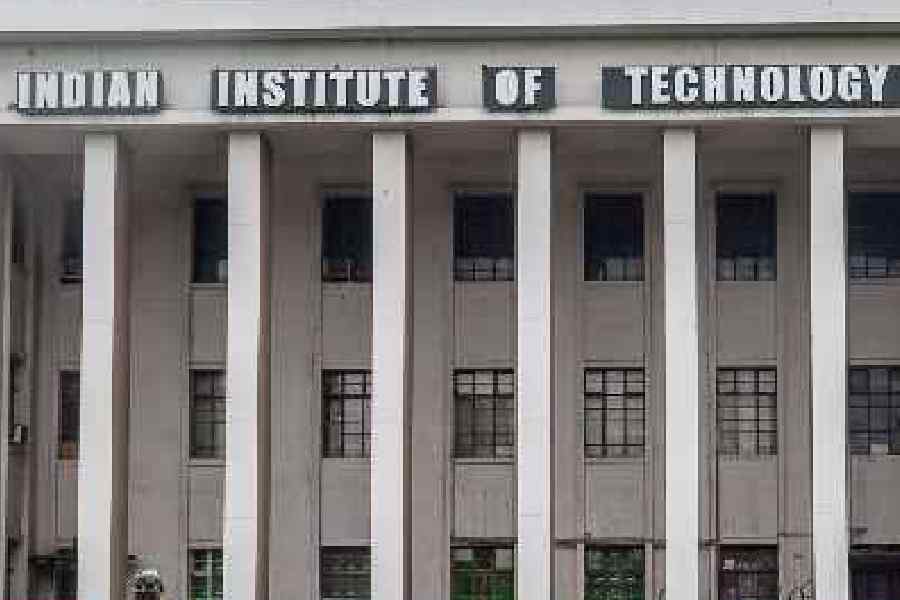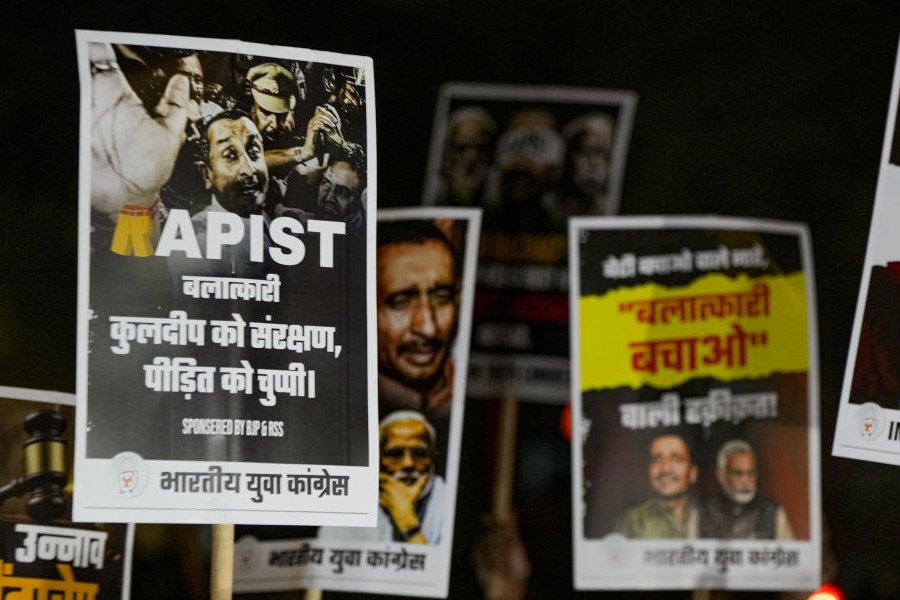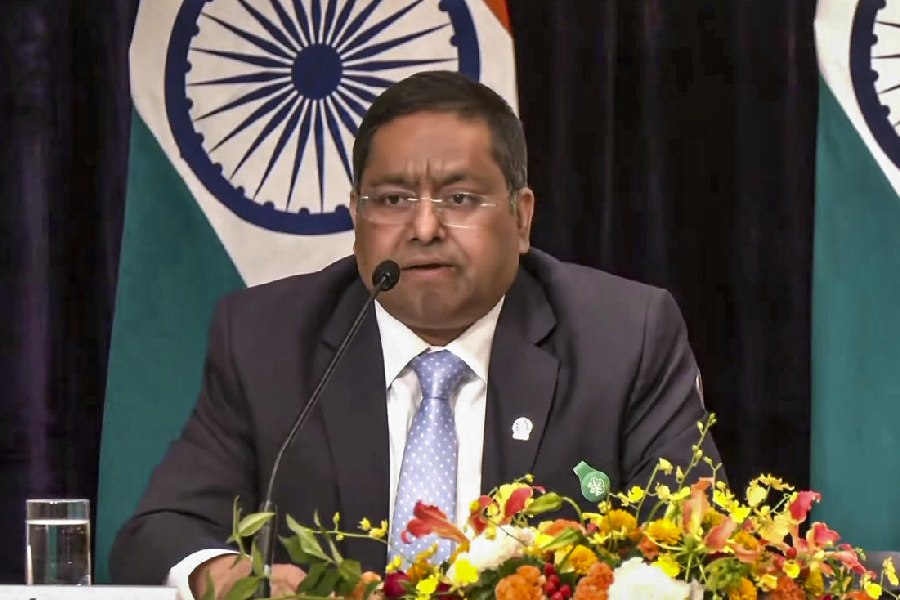 |
| Om Puri in Gandhi |
Gandhi came to Calcutta to stop the riots in 1947, but Gandhi did not.
The sights and sounds of Calcutta, as Gandhi lay fasting, in Richard Attenborough’s 1982 film were actually shot in Lower Parel, Mumbai.
“It was supposed to be shot in Calcutta but had to be shifted to Bombay. I heard that it was because they were afraid of a backlash since Subhas Chandra Bose was not included in the film,” said Om Puri, who played the role of a man who kills a Muslim boy during the Calcutta riots.
“Also, because Calcutta is so crowded they felt it might be difficult to shoot there; so they found a more controlled place in Bombay.”
Kamal Swaroop, the second unit director on Gandhi and a two-time national award winner, was involved in recreating the Calcutta riots in Lower Parel. He said it was “logistical and economic issues” that forced the unit to shoot the scenes in Mumbai.
“It really didn’t make sense to take the whole unit to Calcutta just to shoot one scene. Even the Dandi March was shot on Mumbai’s Juhu beach and South Africa was recreated in Pune,” Swaroop said.
“I had taken the frames from the documentary on Gandhi (whose script was) written by Louis Fischer and had to organise the crowd movement in the Calcutta riots exactly according to how it was documented there. That was quite a challenge. Also, I was assistant to Bhanu Athaiya for the costumes and we gave the rioters dhotis and black umbrellas to make them look distinctly Bengali.”
The Calcutta scenes come back-to-back towards the end of the film. As the familiar frame of the Howrah Bridge looms into view, jeeps full of policemen are seen driving around the riot-ravaged city.
With rioters running amok, a policeman is shown trying to dissuade Gandhi (Ben Kingsley) from spending the night in a Muslim house. A crowd of Hindus gathers in front of the house and asks Gandhi to “get out of Calcutta”, accusing him of being partial towards Muslims.
Cut to the scene of a tram ramming into a barricade of chairs and tables set up by a mob and policemen emerging from the tram to fire on them.
The next scene finds Gandhi, still in Calcutta, on a fast-unto-death as Jawaharlal Nehru (Roshan Seth) and Sardar Vallabhbhai Patel (Saeed Jaffrey) come to meet him. Nehru urges him to break his fast but Gandhi refuses.
Cut to the scene of a riot and then Nehru coming to meet Gandhi once more and addressing the irate crowd, urging them to calm down because “Gandhiji is dying because of our madness”.
A group of young men lay down their swords and promise Gandhi they will not kill any more. Nahari (Om Puri) breaks through the crowd and hurls a roti down on Gandhi’s lap, saying: “Eat… I’m going to hell, but not with your death on my soul.”
He confesses that he killed a young Muslim boy because his own son was killed in the riots. Gandhi’s advice to him: “Adopt a child whose parents have been killed in the riots. Be sure he is a Muslim.”
The details in the Calcutta scenes are picture perfect — right from the congested streets, the chock-a-block trams, the tiled roofs of houses to shop names like Hiren General Store and Karuna.
Dolly Thakore, the main casting director for the film, recalled spending a few days in Calcutta to scout for talent before she stumbled upon Shekhar Chatterjee and recommended him for the role of Suhrawardy, the leader who had tried to prevent the Partition of Bengal.
“I was casting from the theatre world and Shekhar Chatterjee belonged to the Utpal Dutt vintage. I saw him on stage and invited him to Delhi. Richard made the final call. Suhrawardy was a big man and Shekhar matched in stature.”
Filmmaker Govind Nihalani, who worked as a second unit director on Gandhi, recalled how Attenborough came in for criticism for not including Subhas Chandra Bose in the film.
“Richard’s logic was that Bose was a film in itself. He felt that he wouldn’t be able to do justice to a strong personality like Netaji by making him a part of this film, because he had only one purpose in making Gandhi: to explore the philosophy of Ahimsa,” Nihalani said.
“He felt that Subhas Chandra Bose had a different ideology than Gandhi and wouldn’t really gel well with the philosophy and purpose of the film. He came under criticism for excluding Bose, but he stuck to his guns.”


